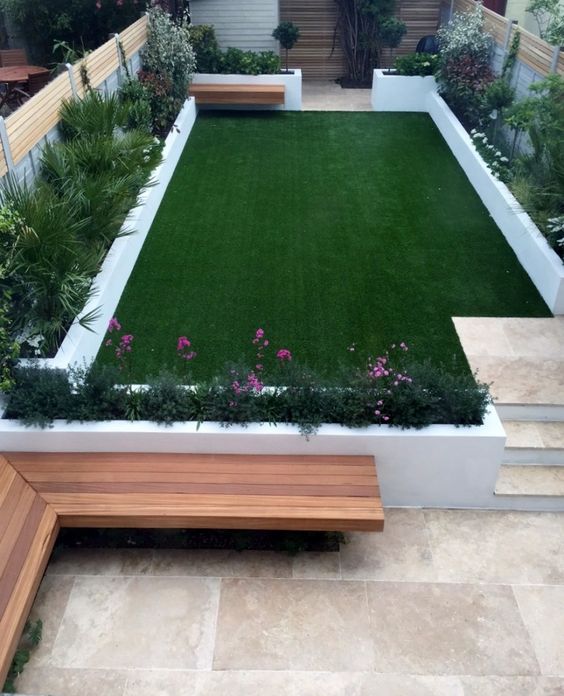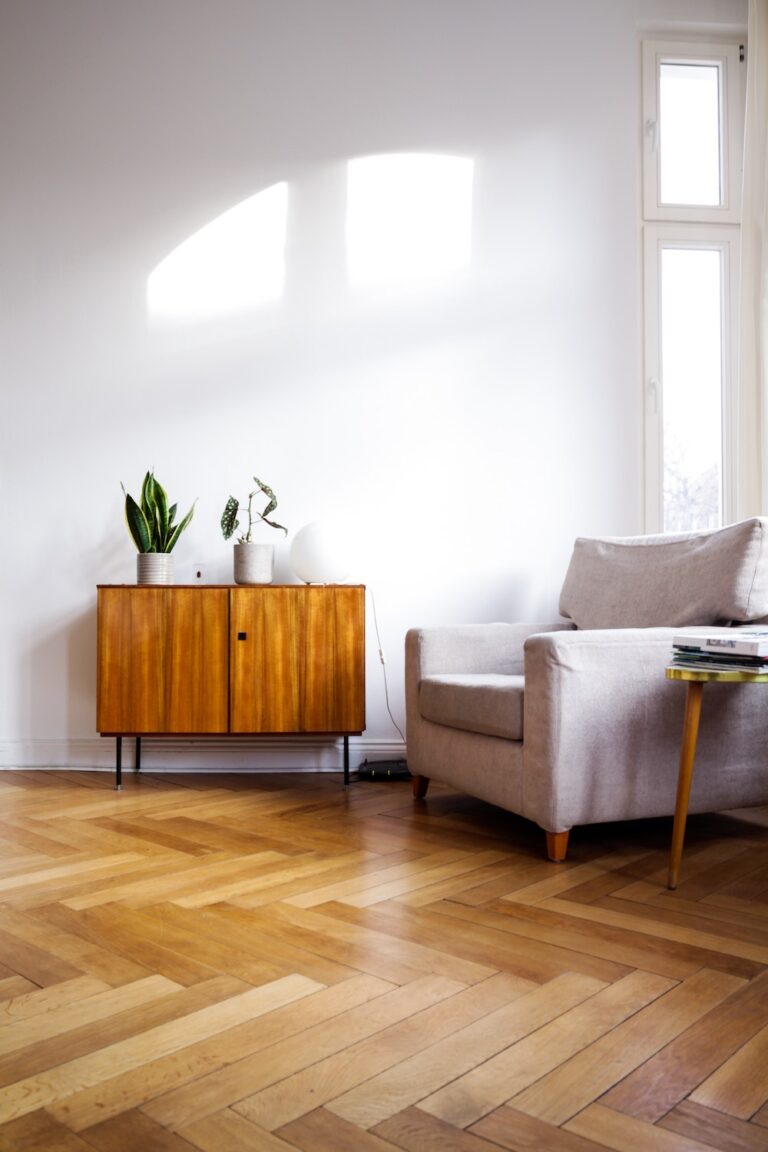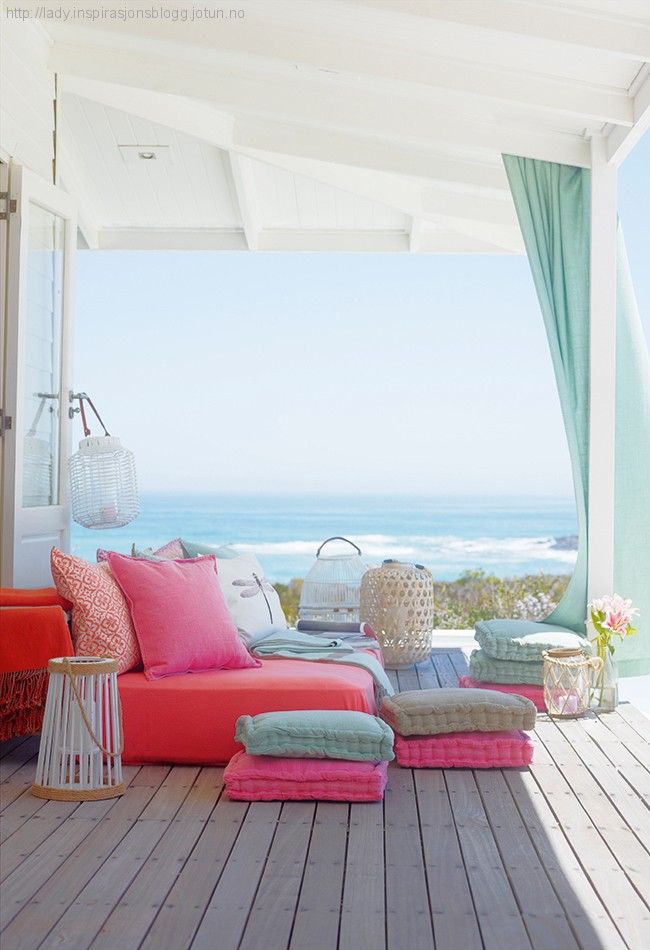Protecting Your Investment: The Importance of Concrete Patio Sealers
Patios are residential features that have defied changing building trends. They’re a great addition to any outdoor living space, a place to soak up the sun, entertain guests, and enjoy the morning coffee or the Sunday barbeque. They are easy to install, with hardwearing materials like brick, stone or concrete providing a lasting home feature that is at the same time brimming with style, easy to maintain, durable and versatile.

Concrete patios have exploded in popularity over the last few years, owing to their low cost, and the variety of finishes and looks that increase curb appeal. This can be stamped or stencilled concrete to mimic the look of stone and brick, exposed aggregate for a modern appearance and added weather resistance, or a variety of finishes that deliver a smooth or textured, non-slip surface. To maintain appearances and keep the concrete protected, all patio styles can benefit from periodic sealing. This is where a concrete patio sealer comes in.
What Is a Concrete Sealer and Why Seal Your Patio?
Concrete sealers are water or solvent-base liquid solutions that strengthen and protect concrete surfaces. Water is concrete’s worst enemy, gradually eating away at the material from the inside. At the same time, dirt, grime, salt and other contaminants cause staining and aid water and moisture to create cracks, crumbling and eyesores nobody wants. In this respect, sealers are necessary for all concrete surfaces, be these driveways, garage floors or patios. They work either by coating the surface or penetrating deeper down and binding with the substrate. Both types block harmful external elements and reduce damage sustained through years of impact, abrasions and aggressive vegetation.

Lastly, applied correctly, and in the appropriate thickness, a concrete patio sealer further adds visual appeal. Your patio can stain or fade due to pressure cleaning, accidental spills, collected dust, use of garden chemicals or long exposure to piercing sunlight. Sealers not only provide an additional layer of protection but also help bring out more colour and sheen, and with various additives, retain the look you’d expect from your patio for longer, even under heavy use and abuse.
Choosing the Right Type
There are hundreds of patio sealers to go with every type of concrete finish there is. Of course, some sealers work best with specific finishes, such as stamped concrete or exposed aggregate, but may otherwise ruin the look of decorative concrete if you choose wrong. First, let’s see the main types and where they’re used to help you with your buying decisions.
As mentioned, sealers either form a protective surface coating or go deeper and bond with the concrete. The first type is known as topical, and the second is penetrating sealers. Not only do these two categories differ in price, the amount of sealant that’s required, or the overall looks, but they also differ in how long they last and the level of protection they provide for your patio.
Penetrating Sealers

Penetrating sealers form a permanent bond with the concrete by penetrating pores and capillaries. This way they prevent water and dust ingress, concrete staining from water-borne contaminants as well as surface and structural cracks, pits and fissures. The sealer offers more durability in a patio that’s seen advanced wear. And they last longer, up to 10 years when applied correctly. Most types are general-purpose and non-colouring, but you can find penetrating sealers with added tints to enhance the colour of the concrete substrate, as well as sealers with stain repellents in patios used for dining and entertaining.
Major penetrating sealers include silicates, silanes, siloxanes and silicones. Silicates (sodium, potassium and lithium) are all good for strengthening the concrete, and don’t leave a residue. The downside is that they’re not 100 per cent waterproof, so not ideal for outdoor use. Silanes are water-based sealers, work wonders both in and outdoors, penetrate deep into the concrete, and provide extended protection. Siloxanes are water-based and waterproof penetrating sealers, ideal for concrete with more evident damage. They may, however, struggle against abrasions or wear in higher foot traffic. Lastly, go with a water-based silicone sealer if you’re worried about yellowing concrete. They’re good for repelling water, oils, dirt and other contaminants.
Topical Sealers
Topical sealers act as a protective coating that shields the surface. While durable, they’re more exposed to the elements, so they typically last several years before another layer is needed. Where they score points is their lower price when compared to penetrating types, the ability to enhance the colour of the patio surface (often with a gloss finish), and a wide range of either water or solvent-based sealers to suit different patio and concrete types. And since they don’t penetrate the concrete, they’re much easier and quicker to use. Acrylics, polyurethane and epoxy sealers are the main types.
Acrylic concrete patio sealers are the popular choice for stamped concrete, exposed aggregate and stencilled concrete patios. They’re inexpensive, easy to apply, resist water, dust and other debris, but still breathable, and can bring either a gloss or matte finish. There are two basic types. Water-based acrylic sealer is the more durable option, is safer to work with due to lower volatile substance content, and generally leaves a less enhanced satin look. Solvent-based sealers bring out more of the colour in your patio, so a good decorative choice. Just ensure to wear the right PPE gear due to more toxic substances.
Polyurethane sealers, like their acrylic cousins, come as water or solvent-based but tend to be thicker, more durable, and more costly. They’re often used as a top coat over the acrylic layer since they’re more resistant to impact and abrasions. While transparent, polyurethane sealers do a great job of bringing out the colour of both stamped concrete and exposed aggregate. Another thing going for them is their long lifespan, roughly 5 years.
Lastly, epoxies offer the best protection of any topical sealer, the highest water repellence, and the best resistance to abrasions. Additionally, they increase safety by being a great non-slip option, especially for patios with a trowel finish. One of the downsides though is the higher price, up to 3 times more than high-quality acrylic variants, In addition, they can struggle in direct sunlight and UV rays in particular, leading to yellowing, so not ideal for outdoor use unless combined with a UV-resistant top coat. Both polyurethanes and epoxies are what to choose if you’re after a wet, gloss look. And all, including acrylics, can be tinted for the colour you want.
Water or Solvent-based? Which One Should You Use?
Water-based sealers are ideal for typical Australian conditions, as they can be used in warmer, humid and wetter regions, and are non-hazardous and non-toxic while still being cost-effective in bringing out the best in different types of concrete patios. With that said, solvent-based polyurethanes and epoxies are more durable, leave a thicker and deeper coating and last twice as long as comparable water-based acrylics.
How and When Should I Reseal My Patio?

Most concrete sealers can be applied with simple tools like paint rollers and pump sprayers. The general steps include clearing all debris, hosing down the patio and letting it dry for at least 24 hours. Next, remove any surface remnants with a chemical stripper and degreaser. Lastly, apply a thin first coat and let it cure. This can be repeated with a second coat, ensuring there’s no bubbling or wrinkling. Let this cure, hose down and allow the sealant to settle for a couple of days.
Acrylics can be applied even on new non-cured concrete provided they have curing agents, while epoxies, urethanes and penetrating sealers are applied at least a month after curing to allow the concrete to settle, and the sealer to do its thing.
Sealants can be used almost year-round in Australia, but work best when added in dry weather and temperatures between 10 and 30 degrees. Acrylics dry within an hour, polyurethanes in 3, while epoxies cure within 2 days. For existing patios, consider adding sealer between 1 and 3 years, Every patio is different, but if you notice cracks, scratches, the concrete gulping water, or yellowing and wear, time for a reseal.






